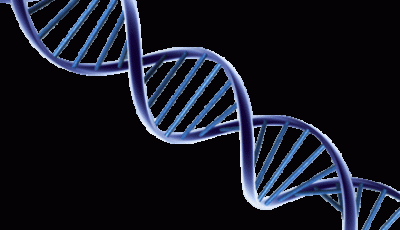Siberians were the first people to reach America
The continent was crossed by them through the Bering land bridge.
According to a new study, people who reached America in the beginning were having Siberian origin.
Prof. David Reich, senior author of the study, said, “There is a strong working model in archaeology and genetics that most Native Americans today extend from a single pulse of expansion south of the ice sheets – and that is wrong”.
The path these Siberian migrants took to reach one continent from another has been theorized for decades in the form of a land bridge between the two continents. These ancient Americans have made their way from Siberia to the Americas in a single wave 23,000 years ago and stayed in the north for probably thousands of years before spreading southward. Some previous studies say that Europeans were the first to migrate to the Americas, while other previous studies claim that Polynesians are responsible for our heritage, and a very recent study even linked Australians to American DNA. “But as we get more ancient genomes sequenced, we will be able to put more precise dates on the times of migration”.
It has been concluded by the worldwide team that between 11,500 and 14,500 years ago, the northern and southern Native American populations diverged. The southern branch peopled Central and South America, as well as part of northern North America.
According to UC Berkeley professor Rasmus Nielsen, the first unique Native American culture, known as the Clovis, first appeared around 13,000 years in the past, which corresponds with the time that modern Native American bloodlines began to diversify.
“It’s a surprising finding and it implies that New World populations were not completely isolated from the Old World after their initial migration”, said Eske Willerslev from the Centre for GeoGenetics at the Natural History Museum, University of Copenhagen, who headed the study. One surprise in genetic data found that Native Americans have a mix of genes from varying sources such as East Asians and Austro-Melanesians.









